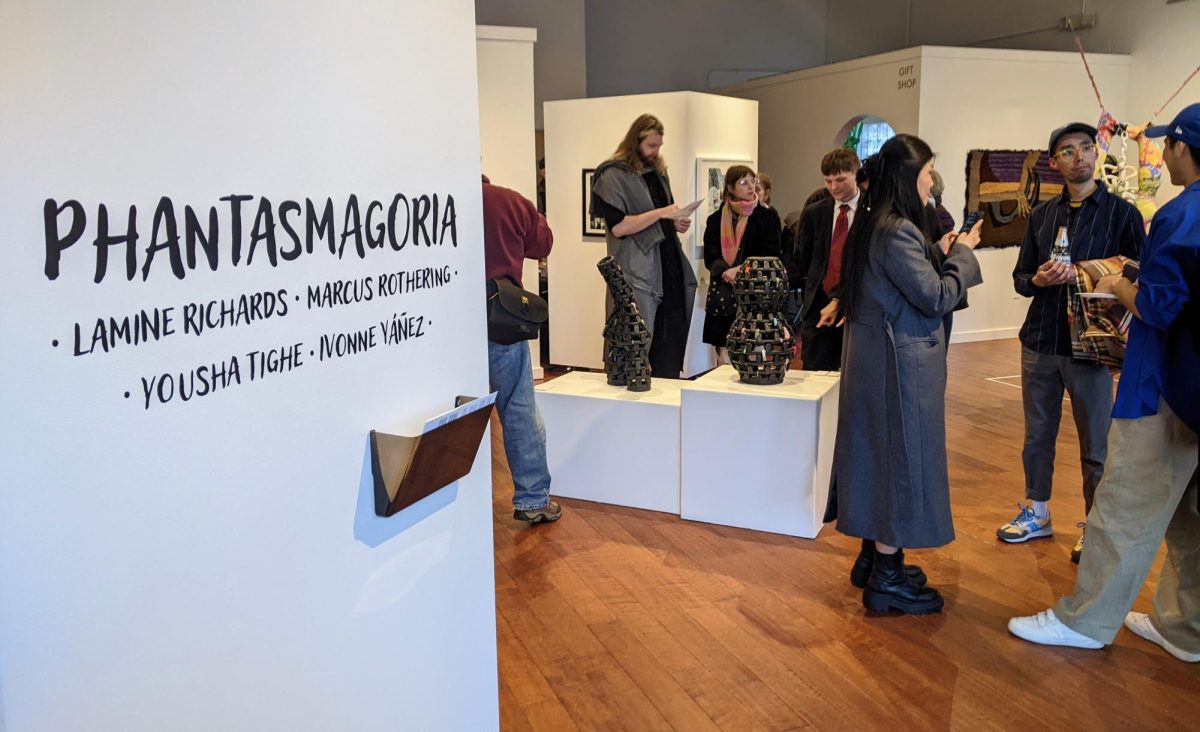.”Alfred Maurer: The First American Modern” is a traveling exhibition that has made a temporary home in the University’s Weisman Art Museum until April 24. The 52-piece exhibit covers the artist’s journey from New York to Paris and back to New York, along with everything in between.
“We’ve actually had this collection for a long time,” said Ann Benrud, program director at the museum. “It’s an important body of work, and we’re excited to profile it in our own museum.”
At 644 pieces, the museum’s Maurer collection is the largest single set of his work.
Maurer began his career in lithographs and then as a graphic and commercial artist before switching to painting. He committed suicide in 1932, at age 64, but not before he brought the modern painting styles of Europe back to the United States and earned the title “the first American modern.”
While anyone can mimic a style of artwork, only truly great artists can use what they see to add something essential to the artistic canon.
Maurer left New York for Paris toward the end of the 19th century and found himself in the middle of an emerging modernist-art scene.
“There was a radical shift from realism to non-naturalism,” Mullin said. “And Maurer was interested in this since he had mainly studied realism back in New York.”
Maurer seems to be the kind of artist who could be easily swayed to a different style, but that’s part of the charm. He was influenced by James Abbott McNeill Whistler and Henri Matisse, among others, and it often shows in his work.
An oil painting from 1901 shows a young woman. One could imagine that she’s prepared to leave a room, because her hands are on the door, but a voice from the room causes her to look back. Maurer paid special attention to detail in her shawl and hair. The soft lines almost blend her dress into the door.
Another portrait, from the early 1930s, shows a dramatic shift in style. This girl’s face is sharper and more abstract; her lips are almost pinched together, and the background seems hurriedly done. The contrast is so strong that the two might as well have been painted by Edgar Degas and Pablo Picasso.
“This really shows the progression of Maurer’s career,” Mullin said. “At that time, he was influenced by Whistler, who was another expatriate, and then his later work shows the cubist influence as well.”
While Maurer’s work is considered modern, viewers might not see the contrast to the works of earlier artists. “It’s important to change the perspective,” Mullin said. “If we look at the very realistic Currier & Ives images, then we can see the differences between the later work.”
The sheer volume of Maurer’s work is impressive, but his versatility as an artist is even more astonishing.







